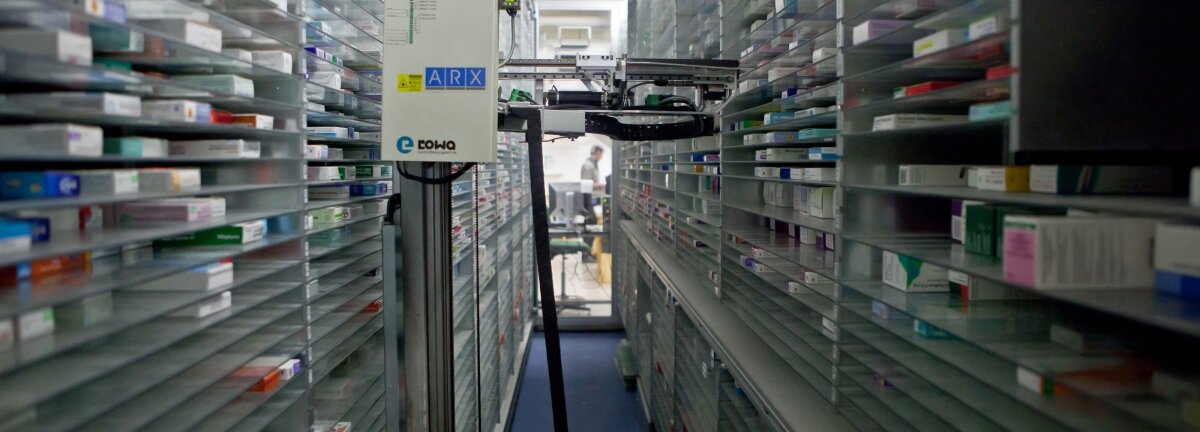TILT on codesigning the Whittington Hospital pharmacy

Dermot Egan from design and architecture agency TILT talks about their work with our Design Leadership Programme clients, Whittington Hospital, to improve the user experience of their outpatient pharmacy.
Every now and again you encounter a competition brief which speaks so clearly to the work you do that you feel as if it was written specifically for you. So it was with The Whittington Outpatient Pharmacy brief, introduced to us by the Design Council’s Leadership Programme, via our eventual project partners, Common Ground.
Patients provided us with real-time feedback and responses as they interacted with the new prototype elements in the pharmacy
What attracted TILT to the brief was The Whittington’s desire to employ a participatory approach when redesigning the Pharmacy experience. This would involve feedback, prototyping and iteration. While collaborative design is often cited as a goal in public sector design, rarely is it genuinely understood and pursued with such conviction as it was in this instance by the Head of the Pharmacy, Helen Taylor.
TILT’s design method focused on the space as the context for all the needed solutions. We tested and retested ideas, first in model form then in half scale and finally in full scale within the pharmacy itself.
Watch our short video on our process for redesigning the pharmacy:
The success of the project rested on the enthusiasm and commitment of the pharmacy staff as they were led through the process. At the same time the actual patients provided us with real-time feedback and responses as they interacted with the new prototype elements in the pharmacy.
The feedback from the project was overwhelmingly positive, providing key insights and lessons which directly impacted how the space is now been used as well as providing a design framework for future space expenditure. Having an internal champion who really understood the process, in this case Helen Taylor, was central to the success of the project. Helen’s ability to navigate the internal hospital politics, and convince staff to engage with the codesign, gave the project credibility and the space to thrive.
Subscribe to our newsletter
Want to keep up with the latest from the Design Council?
